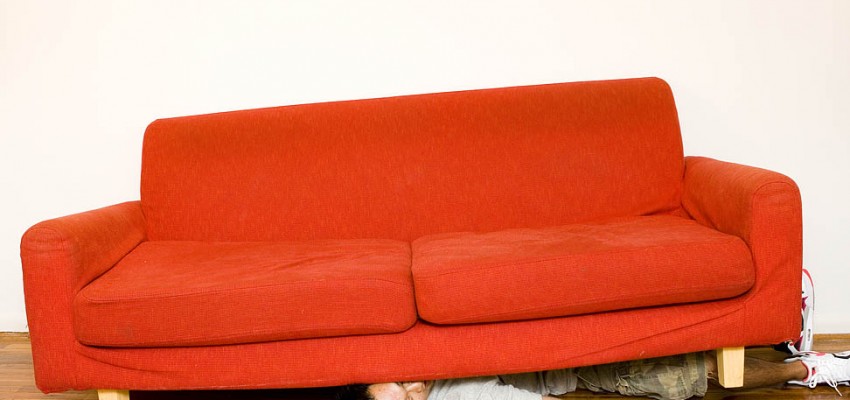pics by Dave Austria
Everything in your home from the furniture to the baby’s crib is doused in fire retardants. In fact, the level of flame retardants in North American homes is so high that it has to be measured in pounds. Flame retardant use has increased dramatically over the last couple of decades from 526 million pounds in 1983 to 3.4 billion pounds in 2009. Only trouble is; flame retardants aren’t very good at stopping fires, produce toxic smoke and an exposé by the Chicago Tribune shows that the chemicals that make up these retardants are really damaging to humans. And guess who makes fire retardants? Big Tobacco!
Let’s blame Big Tobacco (again)
So what’s so bad about flame retardants? Chemical compounds such as polybrominated diphenyl ethers (PBDEs) cause cancer, reduce fertility and cause neurological and developmental problems in children. Not only are the chemicals themselves harmful, but they also produce toxic smoke.
ethers (PBDEs) cause cancer, reduce fertility and cause neurological and developmental problems in children. Not only are the chemicals themselves harmful, but they also produce toxic smoke.
Fire retardants were invented by tobacco companies when domestic fires caused by smoking began to push the government to demand safer cigarettes. Big tobacco managed to convince them that it wasn’t the cigarettes, but rather the homes themselves that were the real danger.
This provided a whole new market for chemical companies (major shareholders? Big tobacco of course!) which is so lucrative, that they have systematically covered up evidence that fire retardants don’t stop fires and that they are harmful to humans.
Chemical companies falsify evidence
Vytenis Babrauskas conducted experiments in the 1980’s to prove the efficacy of fire retardants. The experiments did not produce the results the chemical companies wanted: “Industry has used this study in ways that are improper and untruthful,” he said, claiming that the chemical companies falsified the results. He went on to add that fire retardants are useless at preventing fires; “The fire just laughs at them,’ he said.
In 2011, lawmakers were considering a ban on fire retardants until Dr. David Heimbach, an expert in treating burns, told a heart-wrenching story of a baby, just 7-weeks old, who had burned to death when a candle fell over and set her crib on fire; “Half of her body was severely burned. She ultimately died after about three weeks of pain and misery in the hospital,” he said.
Dr. Heimbach claimed that, had the crib been doused with fire retardants, the baby would have survived. Dr. Heimbach had told the story before, and would go on to tell the story (or some version of it) at hearings wherever fire retardants were being reviewed. The baby was 9-weeks old when he told the story to lawmakers in California in 2009, and 6-weeks old when he spoke to Alaskan legislators in 2010. But the story isn’t true; there is no record of Dr. Heimbach ever having treated an infant burn victim and he was paid for his testimony at these trials by none other than Albemarle, ICL Industrial Products, and Chemtura; the largest manufacturers of flame retardants.
Enough said. If you have a baby, you may want to investigate the kinds of chemicals that are present in their cribs and bedding and explore green living options instead.





So even if you don’t smoke you are most likely exposed to chemicals made by big tobacco. I have been making an effort to reduce the possible toxins in our home. I removed all carpet and use only natural and organic bedding.
Nikki thanks for bringing awareness to an issue that has have been cloaked in secrecy.
Greetings, your platform offers a wealth of insightful content—thank you for consistently delivering such quality articles! Visit my site 구글seo for innovative SEO tips.